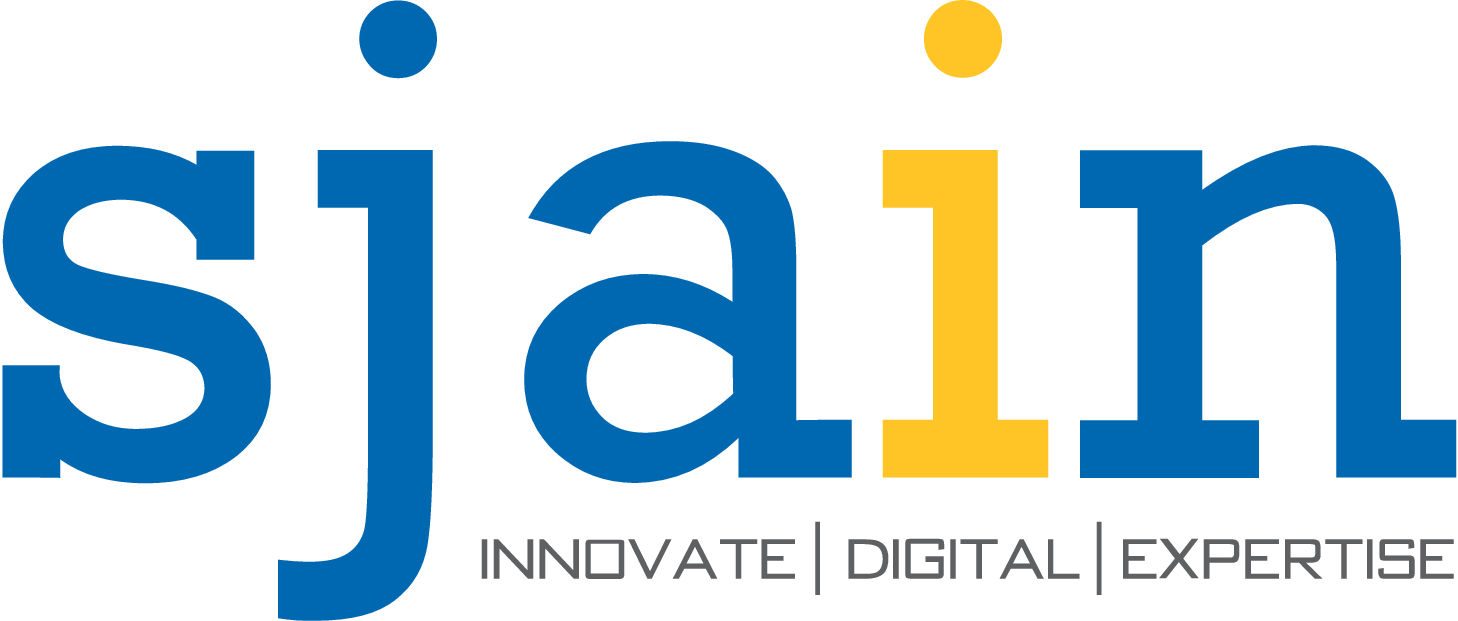Using Version Control Systems for Website Development
As a developer, it is crucial to keep track of changes made to your website’s codebase. Managing multiple versions of the codebase can become a nightmare without an effective system in place. This is where version control systems come in handy. In this article, we will explore the benefits of using version control systems for website development.
Are you struggling to manage multiple versions of your website’s codebase?
If yes, then this article is for you. Read on to learn how version control systems can help you streamline your website development process.
Version control systems are software tools that help developers manage changes to their codebase. These systems allow developers to track changes, collaborate with others, and revert to previous versions of their code. Version control systems have become an essential tool for website development, and their use has increased significantly in recent years.
There are many version control systems available, such as Git, Subversion, and Mercurial. In this article, we will focus on Git, as it is the most popular version control system and is widely used in the industry.
What is Git, and how does it work?
Git is a distributed version control system that allows developers to track changes to their codebase. Git was created by Linus Torvalds in 2005 and is free and open-source software. Git works by creating a local repository on the developer’s machine, where all changes are tracked. These changes can be synchronized with a remote repository hosted on a server, such as GitHub, GitLab, or Bitbucket.
Git uses a branching model that allows developers to work on multiple features simultaneously without interfering with each other’s work. Each branch represents a separate line of development and can be merged back into the main branch, called the master branch.
Git also has an extensive set of command-line tools and graphical user interfaces that make it easy to use for developers of all skill levels.
The benefits of using Git for website development offer several advantages, including:
Version control:
Git allows developers to track changes to their codebase, including who made the change when it was made, and why it was made. This information is crucial when debugging issues and identifying which changes caused the problem.
Collaboration:
Git makes it easy for developers to collaborate on a project. Each developer can work on their branch, and changes can be merged back into the main branch when ready. This allows for parallel development, reducing the time it takes to complete a project.
Code review:
Git makes it easy to review changes made by other developers. Code reviews are essential for maintaining code quality and catching errors before they make it into production.
Rollback:
Git allows developers to revert to previous versions of their codebase. This is useful when a change causes issues, and the developer needs to roll back to a previous working version.
Backup:
Git acts as a backup system, ensuring that code is not lost in case of hardware failure or other disasters.
How to get started with Git
Getting started with Git is relatively easy. Here are the steps to follow:
Install Git on your machine:
Git can be downloaded from the official website (https://git-scm.com/).
Create a new repository:
You can create a new repository using the command line or through a graphical user interface, such as GitHub.
Add files to your repository:
Once you have created a new repository, you can add files to it using the Git add command.
Commit changes:
After making changes to your codebase, you can commit them to your repository using the git commit command.
Push changes to a remote repository:
If you want to share your changes with others, you can push them to a remote repository using the Git push command. This will synchronize your local repository with the remote repository, allowing others to access your changes.
Collaborate with others:
Once you have pushed your changes to a remote repository, others can clone the repository and collaborate with you on the project.
Best practices for using Git
Here are some best practices for using Git:
Use branching:
Branching allows for parallel development, reducing the time it takes to complete a project. It also allows for an easy rollback of changes if necessary.
Commit early and often:
It is essential to commit changes frequently, as it makes it easier to track changes and revert to previous versions if necessary.
Write descriptive commit messages:
Commit messages should be descriptive and explain what changes were made and why.
Use pull requests:
Pull requests allow for code review and collaboration among team members.
Keep your repository clean:
It is essential to keep your repository clean and organized. Remove unnecessary files and folders, and keep your commit history clean.
Conclusion:
In conclusion, using version control systems, such as Git, is crucial for website development. Git allows developers to track changes to their codebase, collaborate with others, revert to previous versions, and back up their code. Getting started with Git is easy, and there are many resources available online to help you learn. By following best practices, you can ensure that your codebase is clean, organized, and easy to manage. So, if you are not already using a version control system, consider giving Git a try, and see how it can streamline your website development process

